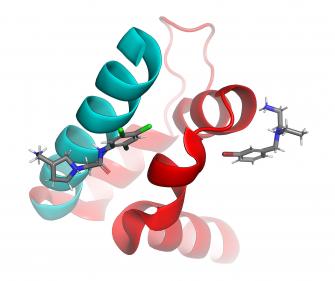
Perovskites show potential for valleytronics applications. Engineers at Rice University and Texas A&M University have found a 2D material that could make computers faster and more energy-efficient.
Their material is a derivative of perovskite — a crystal with a distinctive structure — that has the surprising ability to enable the valleytronics phenomenon touted as a possible platform for information processing and storage.
The lab of materials scientist Jun Lou of Rice’s Brow...
Read More








Recent Comments